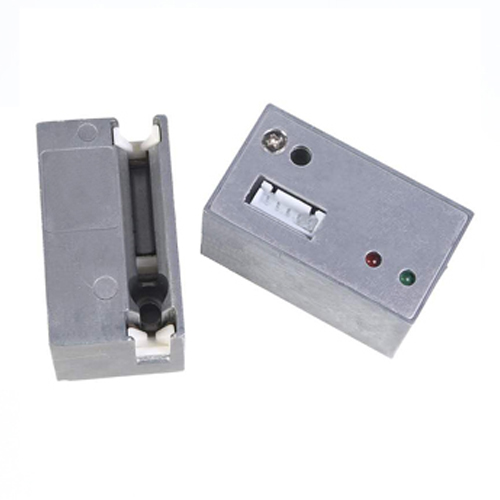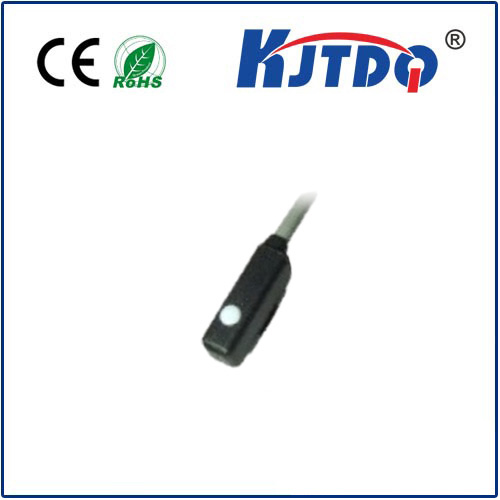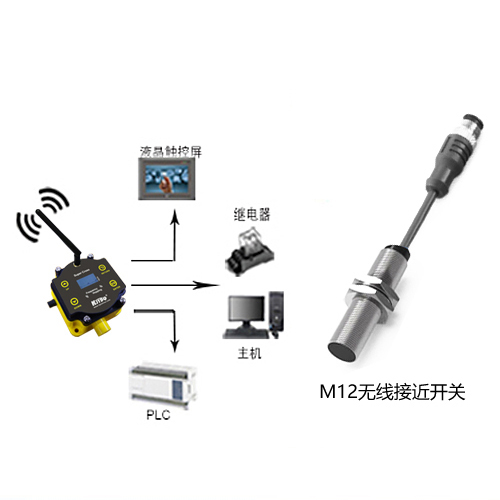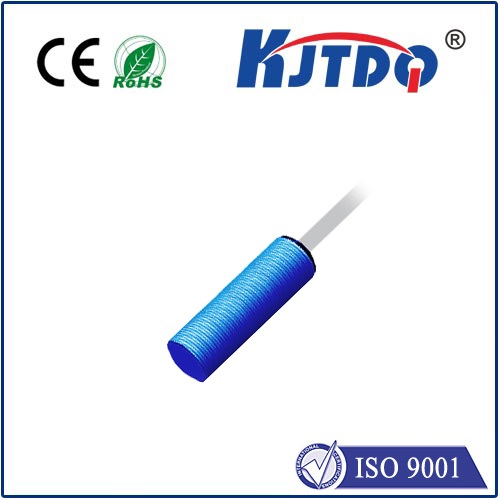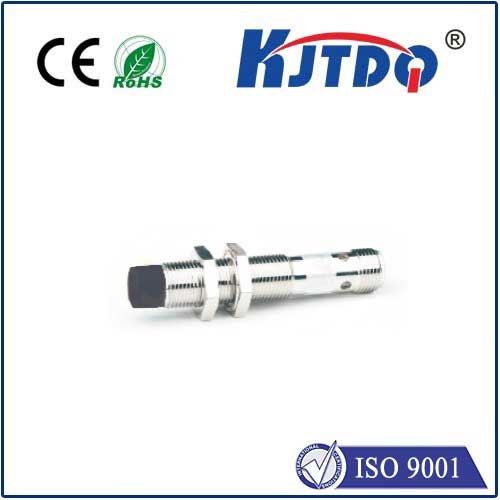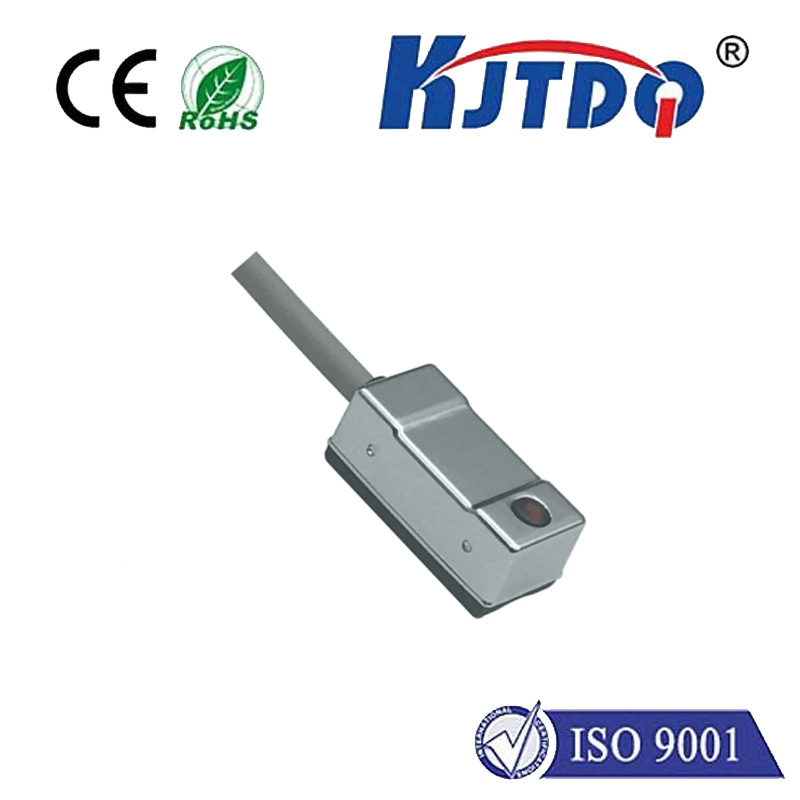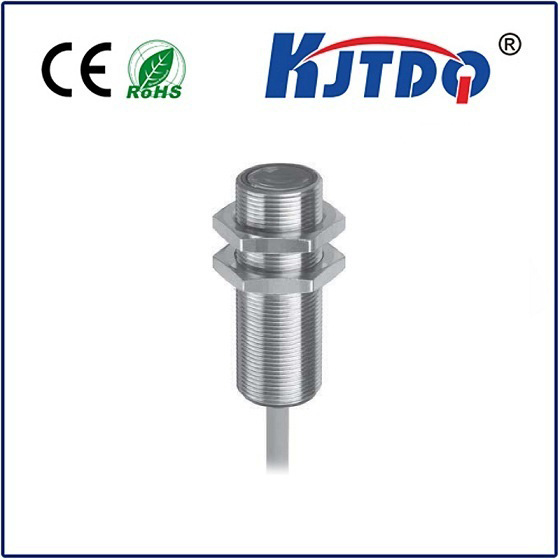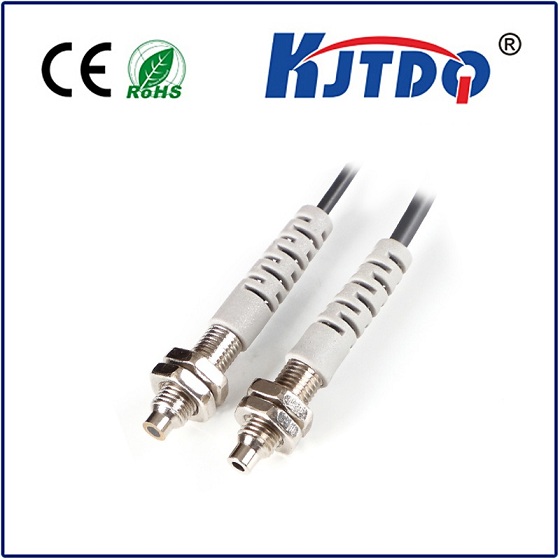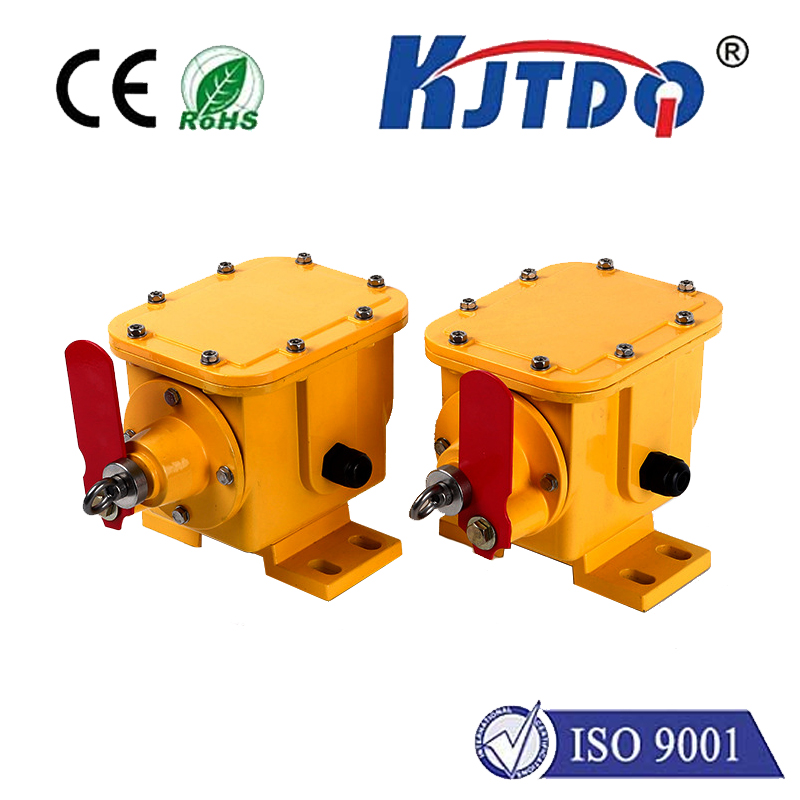BES023U high pressure proximity sensor
- time:2025-10-01 04:16:11
- Click:0
BES023U High Pressure Proximity Sensor: Unwavering Detection in Demanding Environments
Imagine a critical hydraulic system powering massive industrial presses. Inside, pressures soar to hundreds of bar, temperatures fluctuate wildly, and relentless vibrations threaten delicate components. Reliably monitoring the position of pistons or valves in this brutal environment isn’t just convenient; it’s paramount for safety, efficiency, and preventing catastrophic downtime. This is precisely where specialized sensors like the BES023U high pressure proximity sensor step into the spotlight, engineered to deliver unwavering performance where ordinary sensors falter.
The BES023U represents a specific class of inductive proximity sensors meticulously designed for extreme pressure environments. Unlike standard proximity switches that might misbehave or fail under intense compressive forces, the BES023U is built to maintain its detection capabilities reliably within specified high-pressure ranges, often reaching hundreds or even thousands of bar. Its core function remains consistent with inductive proximity principles: non-contact detection of metallic targets. However, its construction is radically reinforced to withstand the crushing forces present in applications like hydraulic cylinders, high-pressure pumps, injection molding machines, and robust test rigs.
Why High-Pressure Capability is Non-Negotiable
Standard proximity sensors function well in atmospheric pressure or low-pressure scenarios. But subject them to the immense compressive stresses found inside a pressurized chamber or cylinder, and several critical issues arise:
- Mechanical Deformation: The sensor housing or sensing face can physically deform, altering the sensing distance or damaging internal components.
- Seal Failure: Pressure can breach seals, allowing process media (oil, water, chemicals) to flood and destroy the sensor’s electronics.
- Signal Instability: Pressure fluctuations can physically move internal coils or electronics, causing erratic switching or signal drift.
- Premature Failure: The constant stress significantly shortens the sensor’s operational lifespan.
The BES023U high pressure proximity sensor addresses these challenges head-on through a combination of robust engineering:

- Heavy-Duty Hermetic Sealing: Utilizing specialized seals (often metal-to-metal or advanced polymer composites) and construction techniques designed to maintain integrity under extreme pressure cycles, preventing ingress of fluids or gases.
- Reinforced Housing: Constructed from high-strength materials like stainless steel (e.g., V4A/316L) with thicker walls and optimized geometries to resist deformation. This ensures the sensing face geometry remains stable.
- Pressure-Compensated Design: Some variants incorporate design features to internally equalize pressure or minimize the stress differential acting on critical components like the sensing coil assembly.
- High-Pressure Rated Connection: The electrical connection (cable or connector) must also be specifically rated for high pressure to prevent leakage points.
Core Functionality: Inductive Sensing Under Pressure
At its heart, the BES023U operates on the principle of eddy current damping. The sensor contains an oscillator circuit generating a high-frequency electromagnetic field at its active face. When a metallic target enters this field, eddy currents are induced within the target. These currents draw energy from the oscillator, causing its amplitude to decrease. Internal circuitry detects this amplitude drop and triggers a solid-state switch (output), typically providing a PNP or NPN signal. Crucially, the BES023U proximity sensor ensures this detection process remains stable and repeatable regardless of the intense surrounding pressure, providing reliable position feedback.
Key Applications Demanding the BES023U
The high pressure proximity sensor finds its niche in applications where reliable non-contact detection is required inside pressurized zones:
- Hydraulic Cylinders: End-position detection of pistons within cylinders operating at high pressure. Essential for precise control in construction machinery, presses, and industrial automation.
- High-Pressure Pumps & Valves: Monitoring valve position or piston stroke within pumps generating significant pressure.
- Injection Molding Machines: Detecting core pulls, ejector positions, or clamp movements where cavity pressures are extremely high.
- Die Casting Machines: Position sensing within high-pressure die-casting units.
- Test Benches & Pressure Vessels: Monitoring component movement or position inside pressurized testing environments. Providing feedback for safety interlocks.
- Subsea & Offshore Equipment: Applications involving pressure compensation or monitoring within underwater systems.
- Industrial Presses & Forming Machines: Critical for detecting tooling positions under high load conditions.
Benefits Beyond Just High Pressure
While its pressure rating is the defining feature, the BES023U typically inherits other desirable traits common in quality industrial sensors:
- Non-Contact Operation: Eliminates mechanical wear and tear, ensuring long operational life.
- High Switching Frequency: Allows detection of rapidly moving targets.
- Environmentally Robust: Often features high IP ratings (e.g., IP67, IP69K) for dust, water, and jet wash resistance alongside its pressure rating. Excellent resistance to oils, coolants, and common industrial chemicals.
- Resilience to Vibration: Crucial for machinery environments.
- Reliable & Maintenance-Free: Solid-state design provides consistent performance without the need for adjustment or lubrication.
- Compact Size: Enables installation in tight spaces within complex machinery.
Integrating the BES023U Sensor
Selecting and installing a BES023U proximity sensor requires careful consideration:
- Confirm Required Pressure Rating: Ensure the sensor’s specified maximum pressure exceeds the peak operating pressure in your application, including potential pressure spikes.
- Target Material: Inductive sensors detect ferrous metals best. Understand the target material’s influence on the nominal sensing range (Sn).
- Sensing Range (Sn): Ensure the available space allows correct mounting distance from the target. High-pressure sensors might have slightly reduced Sn compared to standard models due to their reinforced front.
- Electrical Requirements: Match the output type (PNP/NPN, NO/NC), voltage rating, and current requirements to your control system.
- Mounting: Precise mounting is critical. Utilize the sensor’s thread or flange accurately. Avoid mechanical stress on the housing. Ensure the sealing surfaces are clean and undamaged. Follow manufacturer torque specifications precisely.
- Connection: Use pressure-rated connectors or properly terminated cables. Protect cables from abrasion and crushing.
The Critical Role in Modern Industry
In demanding process control and heavy machinery, failure isn’t an option. The BES023U high pressure proximity sensor serves as a vital sentinel, providing the reliable, non-contact position feedback essential for safe and efficient operation under crushing loads. Its ability to deliver consistent performance where standard sensors cannot translates directly into:
- Enhanced Safety: Preventing unexpected machine movements through reliable position confirmation.
- Reduced Downtime: Eliminating failures caused by sensor deformation or seal breaches under pressure.
- Improved Process Reliability: Ensuring accurate position sensing leads to consistent machine cycles and product quality.
- Lower Total Cost of Ownership: Long lifespan and minimal maintenance offset the potentially higher initial cost compared to standard sensors.
When the






